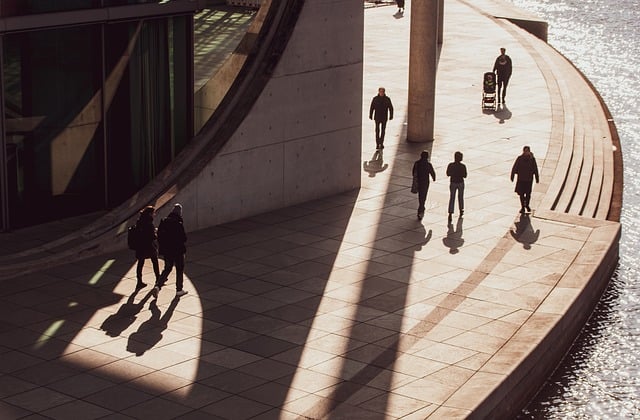When we think of the great outdoors, the beauty and complexity of nature come to mind, yet distilling that essence into a landscape painting is an art form that requires both skill and sensibility. As artists, we have the incredible opportunity to translate the dynamic interplay of light, texture, and atmosphere into visual narratives that resonate with viewers. Here, we explore the mastery behind landscape painting and the design elements that breathe life into scenes of nature.
The first step in landscape painting is immersing oneself in the environment. Let the sights, sounds, and scents of nature envelop you; allow the landscape to appeal to your senses. As you venture outdoors, observe how the changing light casts shadows and highlights. Pay attention to how trees sway and water ripples. The emotional connection you forge through these interactions will inform your artistic vision and influence your brushstrokes.
The art of designing a landscape isn’t just about replicating what you see, but also about creating a composition that guides the viewer’s eyes and evokes feelings. Consider the use of lines in your painting. Diagonal lines can create a sense of movement, pulling the eye through winding paths or rolling hills, while horizontal lines convey calm and stability. Always remember that the horizon line is crucial, as it can suggest distance and depth, making the viewer feel like they could walk right into the scene.
Color plays a pivotal role in the emotional impact of a landscape painting. Warm colors like yellows, reds, and oranges can evoke feelings of warmth and comfort, while cooler tones—blues, greens, and purples—might suggest serenity or even melancholy. Experimenting with different palettes allows you to communicate the mood you want to create; the tension between colors can express the myriad of emotions that landscapes can provoke.
Texture is another essential element in landscape design. Different brush techniques can simulate the roughness of tree bark, the smooth surface of water, or the softness of grassy meadows. Using palette knives can add dimension and depth, while glazes can introduce luminosity and transparency. Play with these techniques to add layers to your work, transforming a flat canvas into a three-dimensional experience.
Incorporating focal points into your landscape design is key to controlling the viewer’s attention. Whether it’s a lone tree standing proud against a background of mountains, or a charming cottage nestled among the hills, these elements create a visual anchor. By strategically placing your focal point, you can guide the viewer’s eye and provoke curiosity about the surrounding landscape.
Mastering landscape painting is an ongoing journey—one that requires patience, practice, and above all, a deep appreciation for the intricacies of nature. By embracing the art of design and allowing your creativity to flow freely, your canvas can serve as a testament to the beauty that lies outside, waiting to be discovered and cherished.



